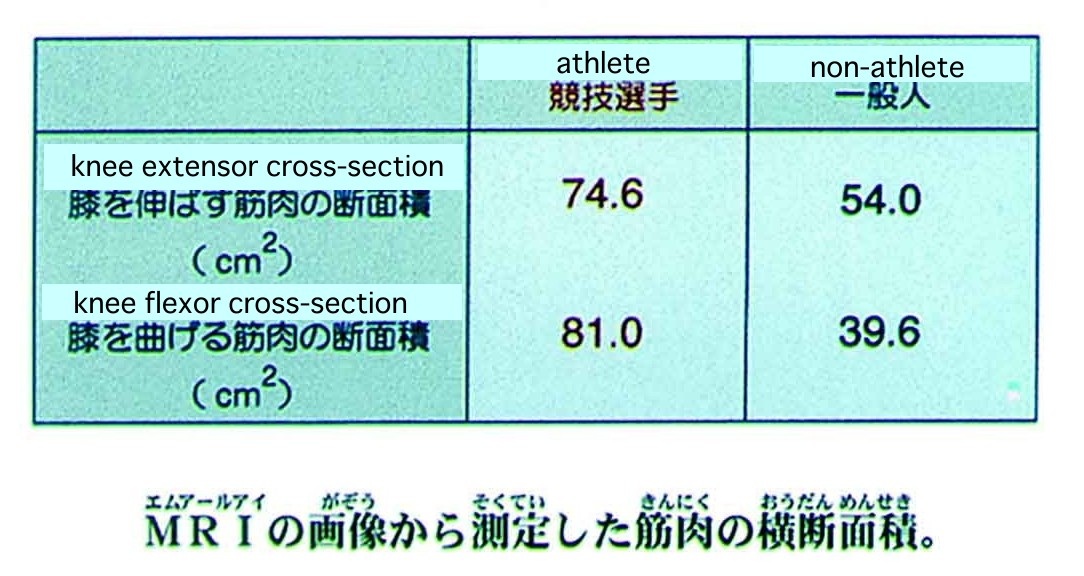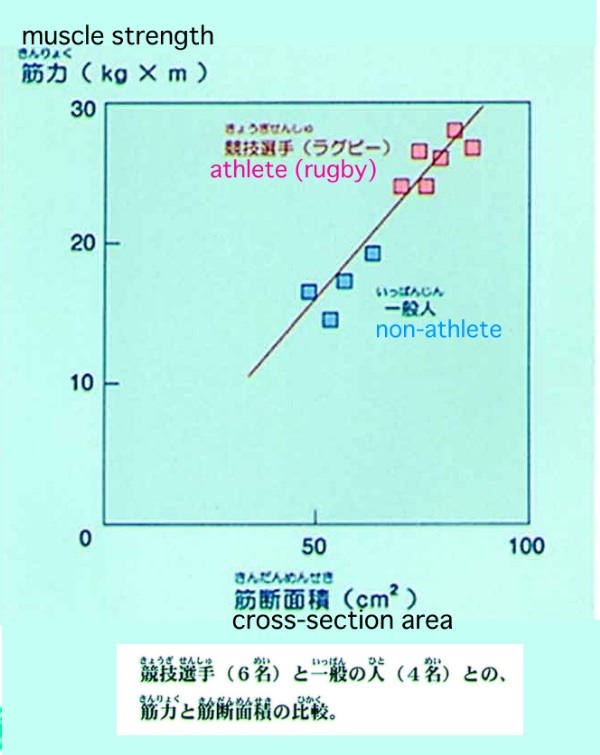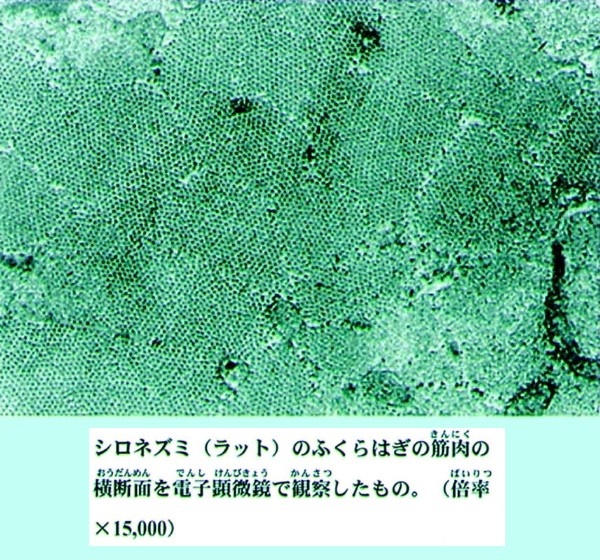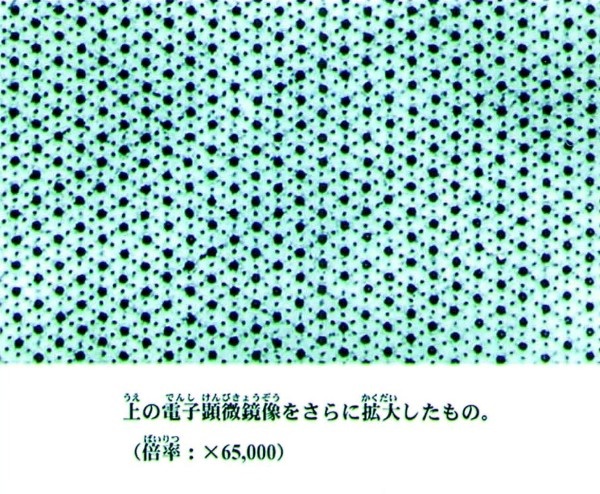

| English | Chinese | Korean | Thai | Russian | Japanese |
Characteristics of Skeltal Muscle in Athletes
The lower limbs of athletes are characterized by a large cross-sectional area of skeltal muscle ane a thinner layer of hypodermic fat usrrounding their muscle. In both athletes and untrained people, musculat strength is well correlated with the muscular cross\sectional area. Therefore, the well developed lower lim muscles of athletes can generate a large force for a short period of time, dnabling the athletes to accelerate their bldy mass effectively.

Muscles Accelerate Speed
Speed skaters and short distance runners have big thighs. To win in these events the athletes need to accelerate sppeed. Acceleration correlates to force. The athlete's big thigh is to prodece large force in a short time.It contains a lot of muscles which produce a large force.
Here the inside of the athlete's muscle is observed and explained using MRI, magnetic rsonance imagining method.
Speed Skater with big thighs

MRI Observation of Muscle
MRI method make it possible to observe the inside of the muscle in live condition. The photo shows the MRI image of the middle thigh of the male weight lifter and the non-athletic female. The weight lifter has a thicker muscle with a larger cross-sectional area and a less cellulite.
MRI observation of the thighs of the athlete (above) and the non-athlete(below)

The cross sectional area of the muscle both in front and the behind of the thigh bone is measured from this photo. The result is shown on the table.
Cross-sectional area of the muscles

Muscle Strength
and the Cross-sectional Area
The figure compares the muscle strength of the athlete (weight lifter) and the non-athletic female in the knee extensor and the knee flexor. The weight lifter has twice as large strength as the non-athletic female in both extensor and the flexor. And this large force is supposed to create better performance of the athlete.
Muscle strength of athlete and non-athlete

The next figure also shows the muscle strength of the extensor and the flexor. But this time the muscle strengh is divided by the muscle cross-sectional area. There is not much difference between the athlete and the non-athlete.
Muscle strength per cross-sectional area (cm2)

Using the similar MRI method, the muscle strength and the cross-section are measured in ten people including 6 rugby players and 4 non-athletes. The rugby players have larger muscle strength with larger cross-sectional area. As a whole the muscle strength seems to correlates to cross-sectional area.
Relation between the cross-sectional area and the muscle strength

Electron Microscopic Observation
As we explained before, muscle strength , the basic ability of athletes. depends mostly on the area of cross-section. To see the reason, let's look into the electron microscope and observe the leg muscle of a whiterat. The photo shows the cross-section of muscle fiber magnified 15000 times. You can see a lot of dots packed in the muscle structure.
Electron microscopic photo of the leg muscle of a whiterat.(x15,000)

To observe the dots structure more closely, part of the photo is magnified 65000 times this time. Now you can see that every structure has large dots and small dots. They are regularly lined and look like hexagon. Those dots are cross-section of muscle filaments. The large dots are called thick filaments and the small dots are called thin filaments. The two types of filaments act on each other and produce muscle strength. They are the minimal units of force production.
Those two types of filaments have the similar electric character and reject each other and result to make hexagonal structure which is the most stable form. Because of those structure, the number of the filaments contained in a certain sectional area is basically the same among the athlete, non-athlete, human, and mouse. Thus muscle strength is mainly determined by the cross-sectional area and whether you have a large cross-section or small cross-section.
The leg muscle of a whiterat.(x65,000)